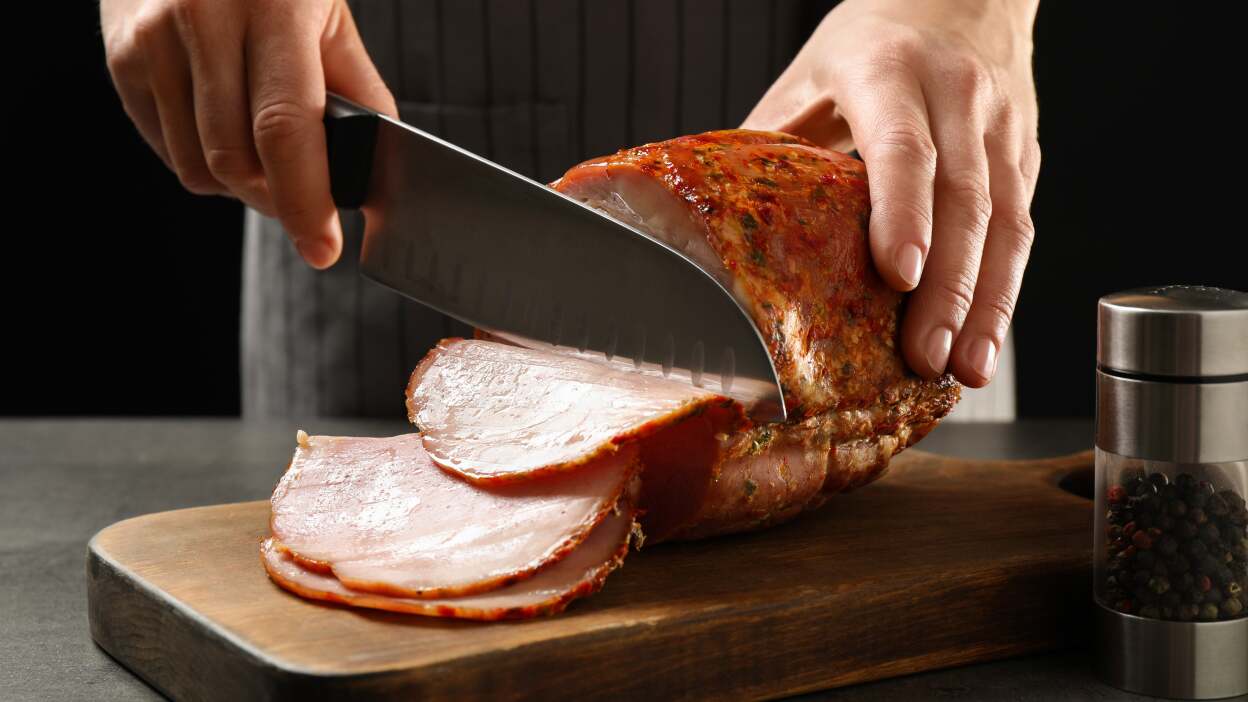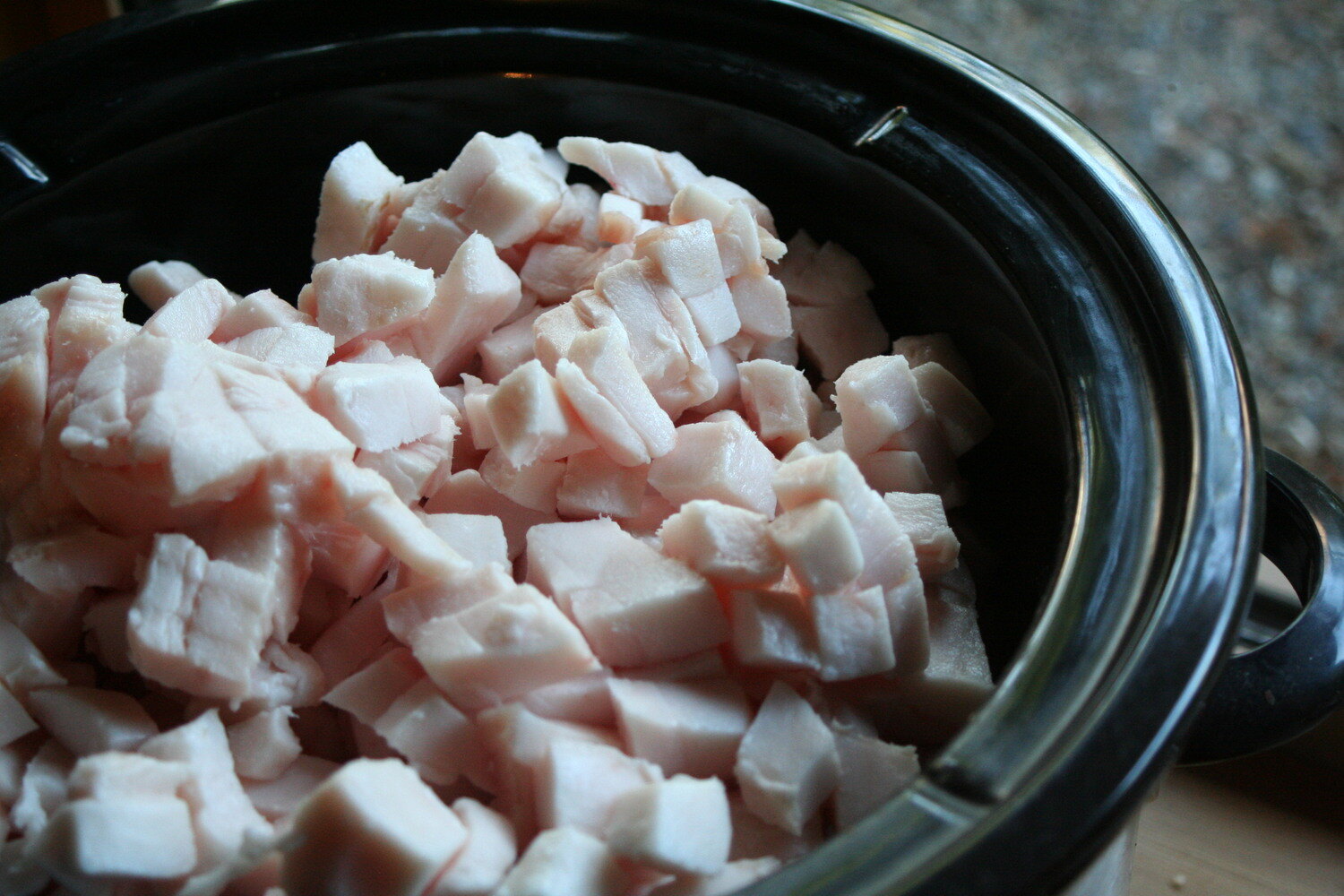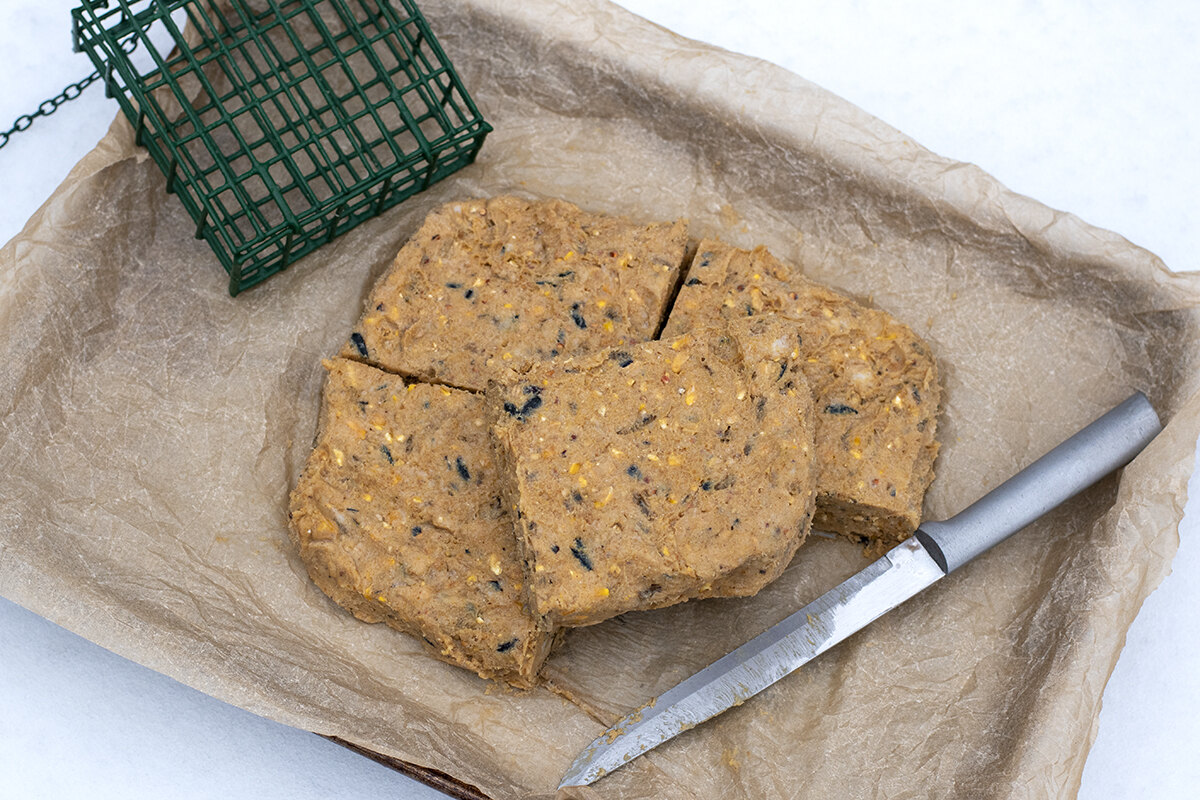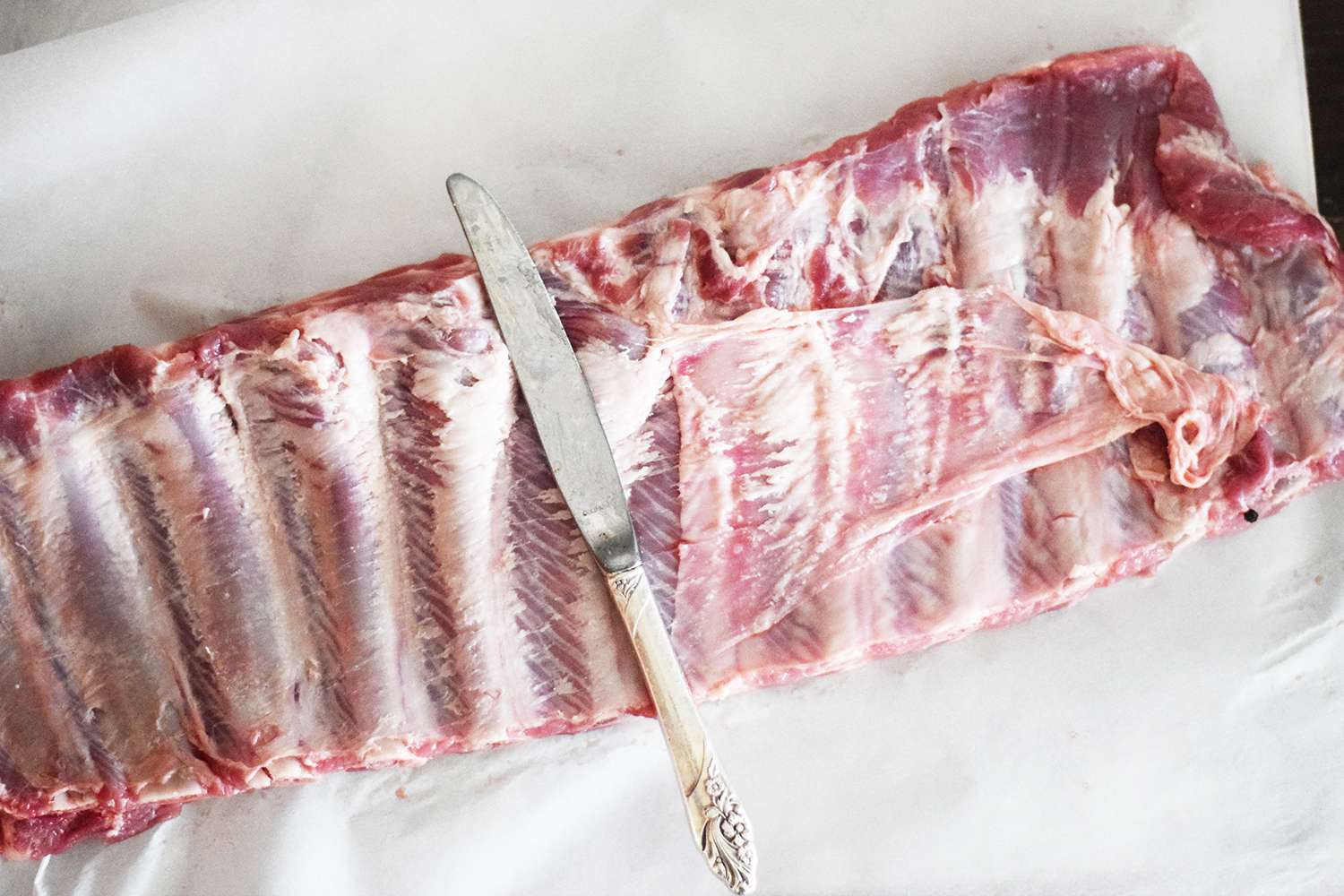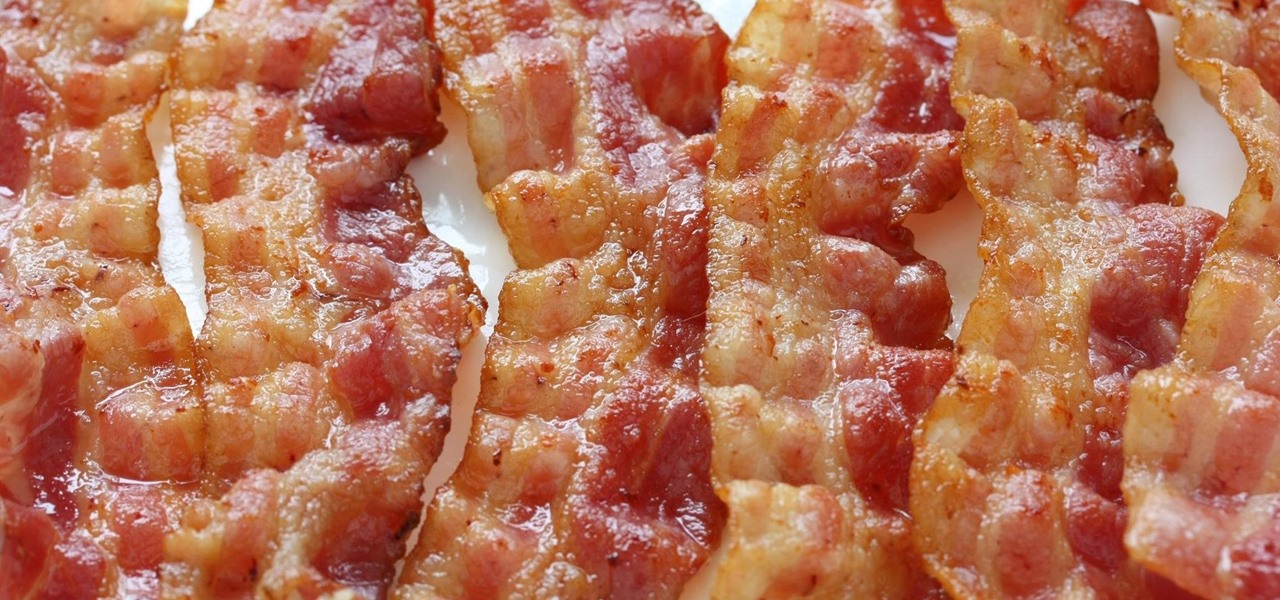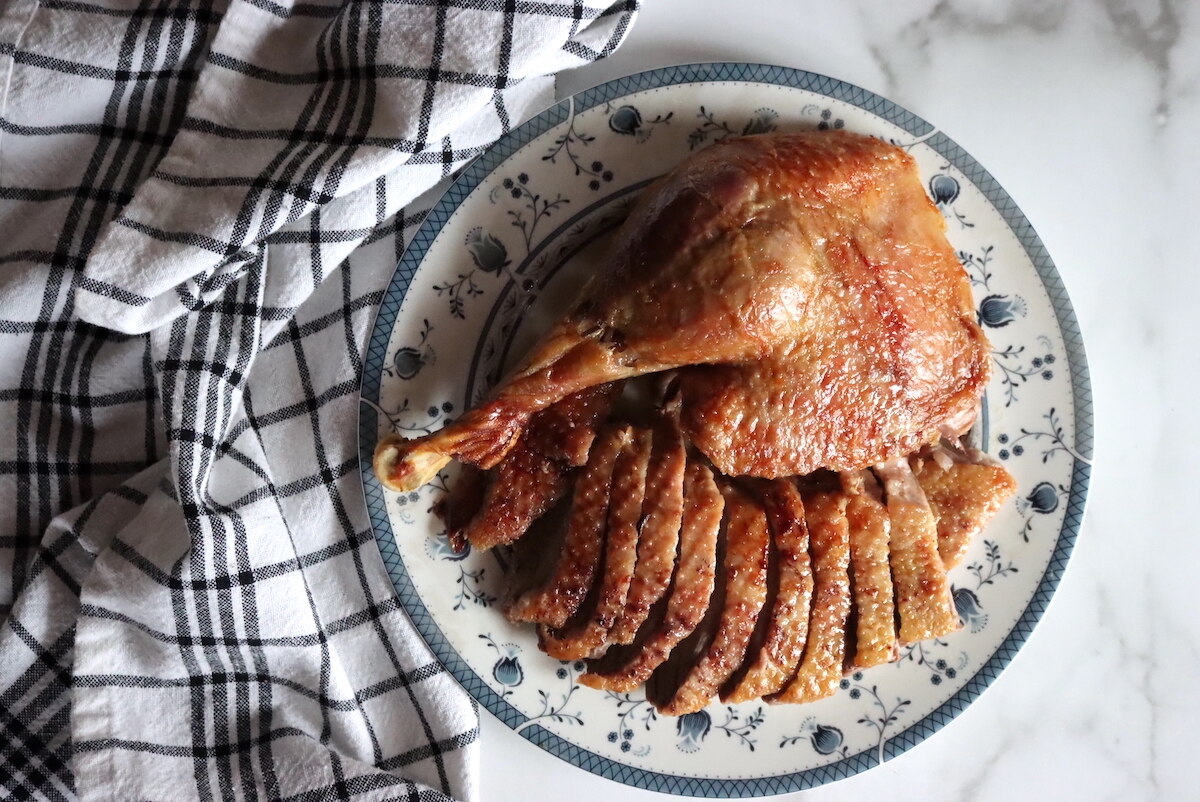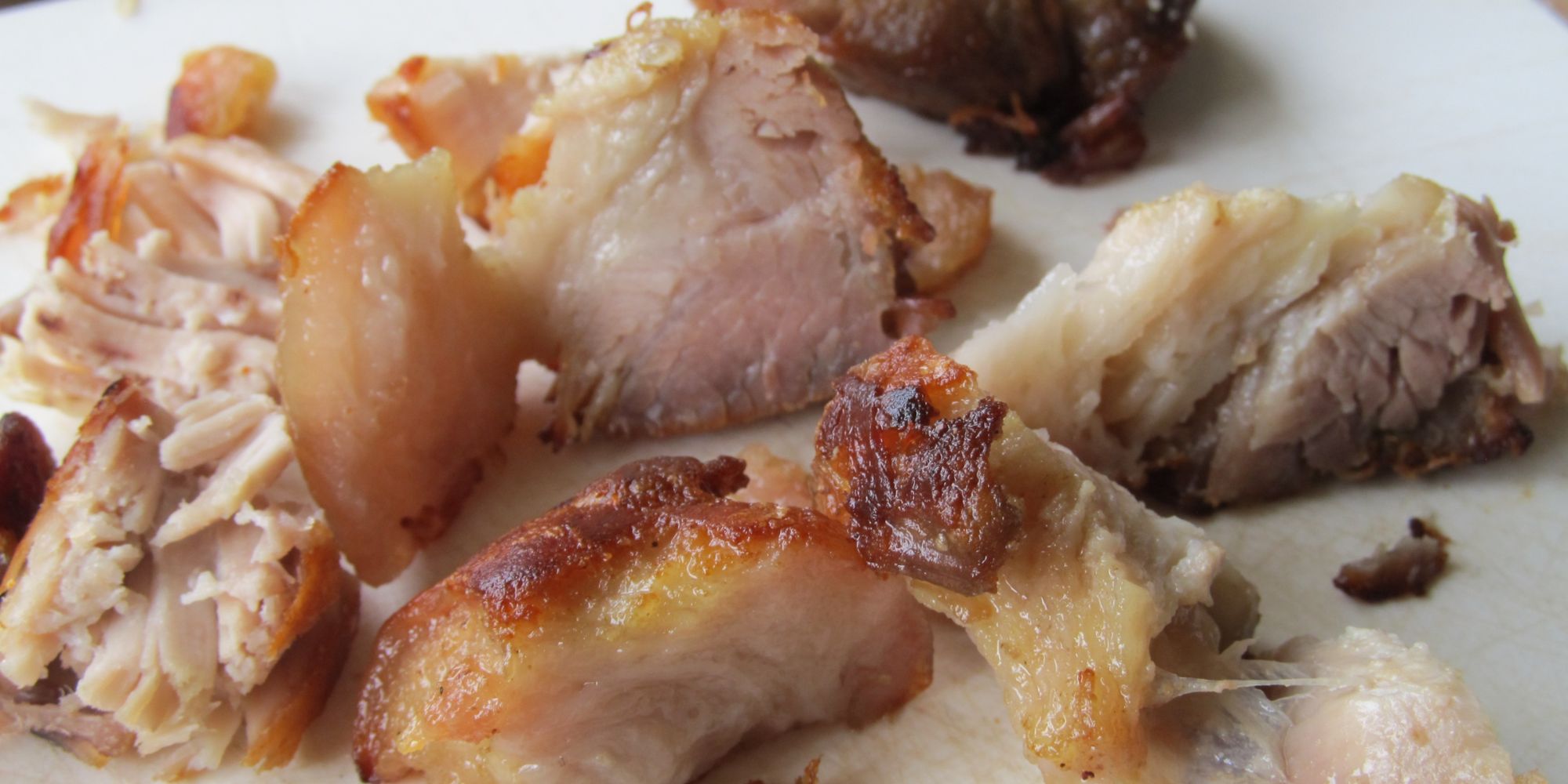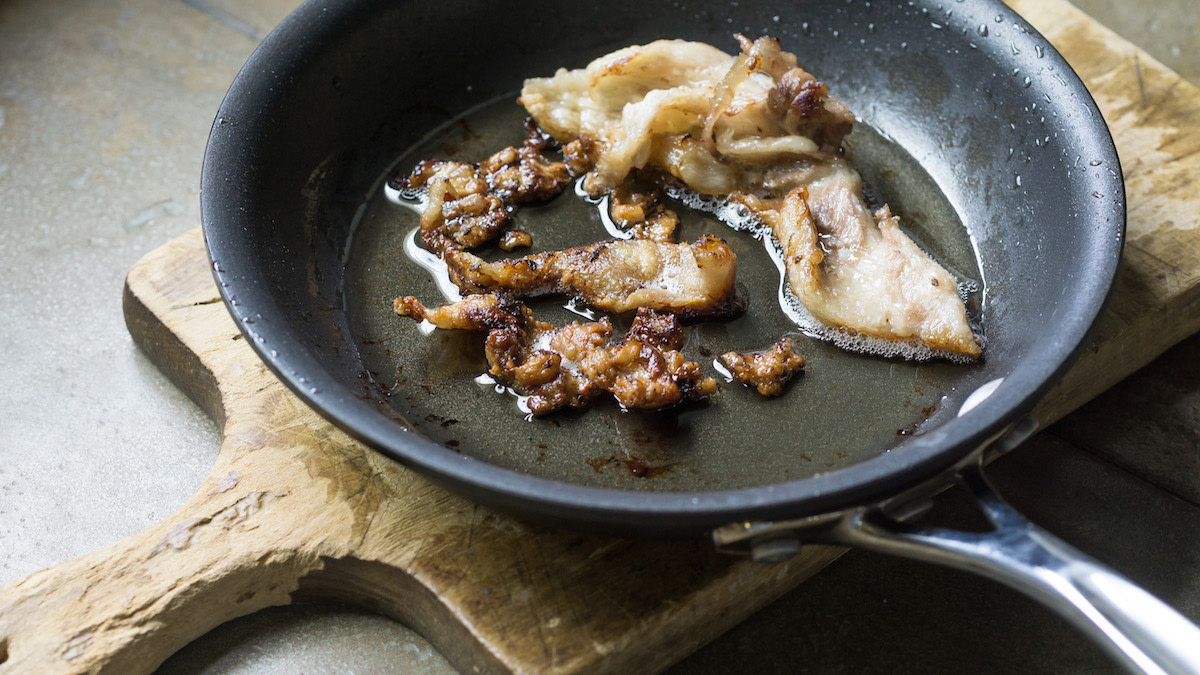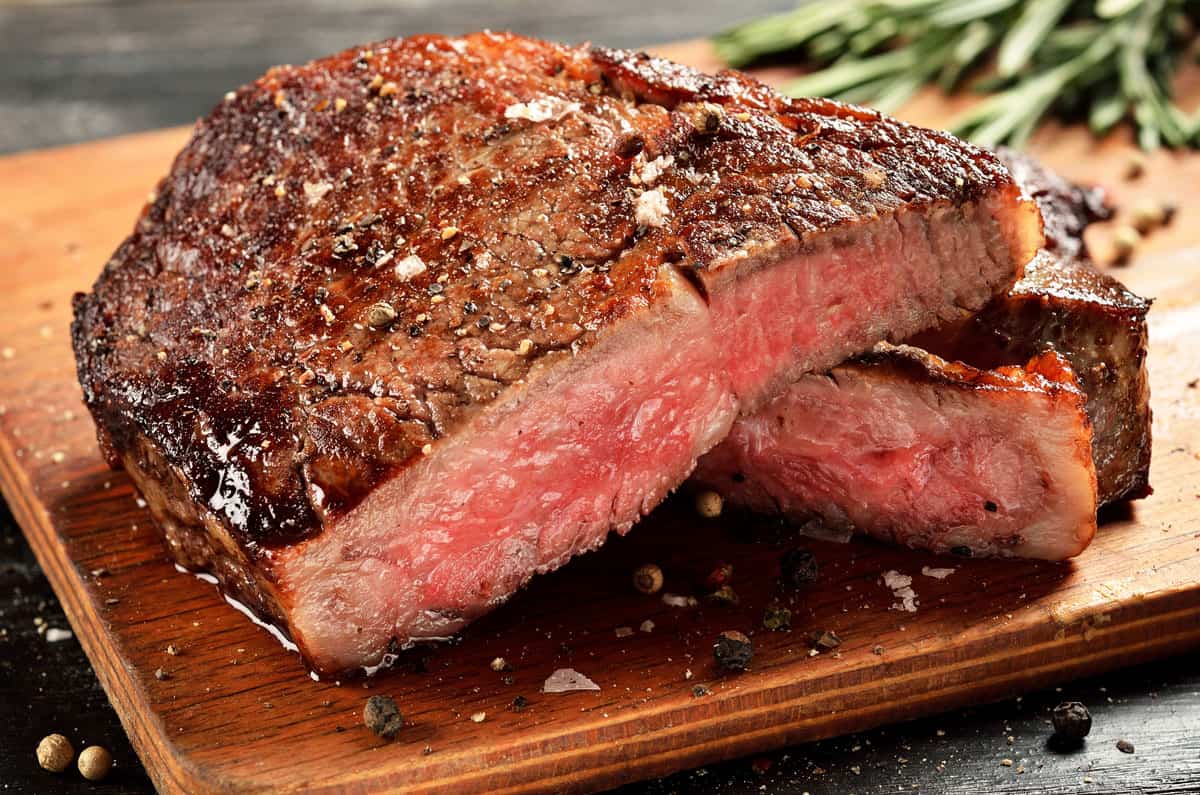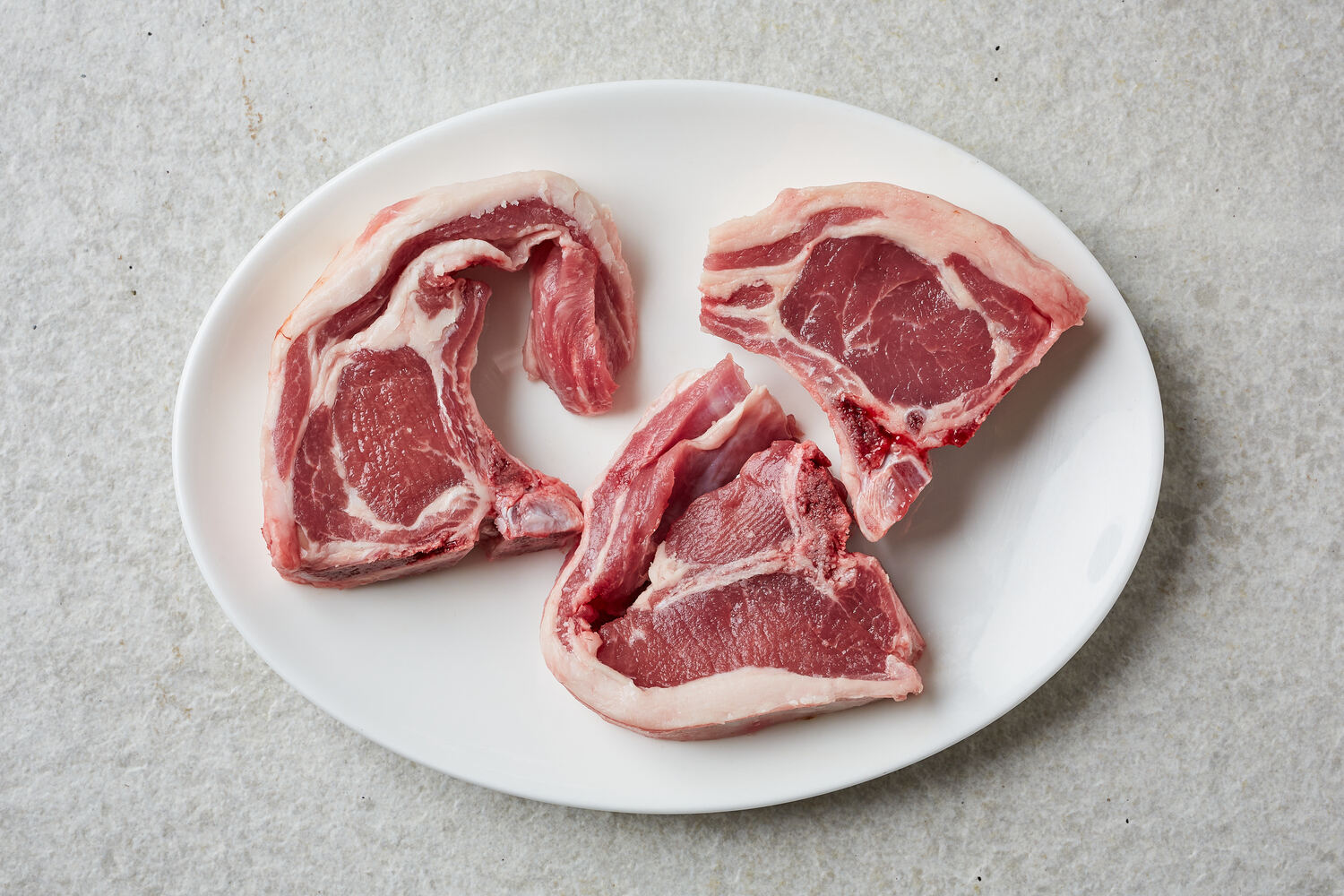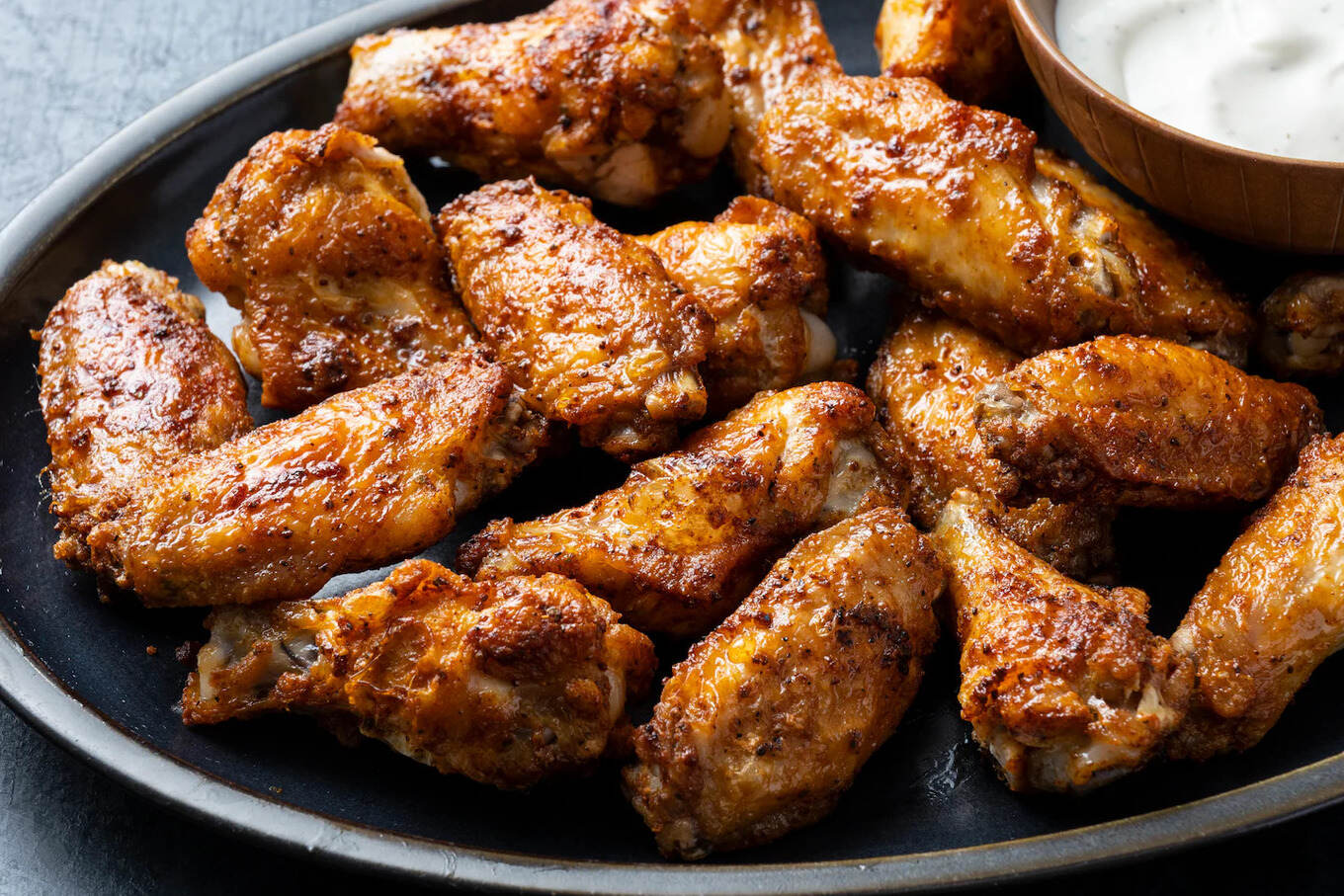Rendering Fat From Beef: A Delicious and Useful Technique
When it comes to cooking beef, there’s more to it than just throwing a steak on the grill. One often overlooked aspect of beef preparation is rendering the fat. Rendering fat from beef not only adds flavor to your dishes, but it also provides you with a versatile cooking fat that can be used in a variety of recipes. If you’re not sure where to start, don’t worry – we’ve got you covered with some simple and effective tips for rendering fat from beef.
Choose the Right Cut
Not all cuts of beef are created equal when it comes to fat content. If you’re specifically looking to render fat, it’s best to choose a cut that has a higher fat content. Cuts such as brisket, short ribs, and chuck roast are great options for rendering fat. The marbling in these cuts provides a good amount of fat that can be rendered down for cooking.
Cut the Beef Into Small Pieces
Before you start the rendering process, it’s important to cut the beef into small, uniform pieces. This will help the fat to render more efficiently and evenly. Cut the beef into 1-inch cubes to ensure that the fat melts evenly and doesn’t burn during the rendering process.
Low and Slow
When it comes to rendering fat from beef, low and slow is the way to go. Place the beef in a heavy-bottomed pan or Dutch oven over low heat. As the beef cooks, the fat will slowly begin to melt and render out. It’s important to be patient during this process, as rushing it can result in burnt fat and an unpleasant flavor.
Strain and Store
Once the fat has been fully rendered, it’s time to strain and store it for future use. Carefully strain the liquid fat through a fine mesh sieve or cheesecloth to remove any solid bits of beef. The resulting liquid fat can be stored in an airtight container in the refrigerator for several weeks, or even frozen for longer storage.
Ways to Use Rendered Beef Fat
Now that you’ve successfully rendered fat from beef, you might be wondering how to put it to good use. Here are a few ideas:
- Use it for frying or sautéing vegetables for added flavor
- Drizzle it over roasted vegetables before cooking for a rich, savory flavor
- Substitute it for butter or oil in recipes for a unique twist
- Use it to make a flavorful vinaigrette for salads
Rendering fat from beef is a simple yet valuable technique that can elevate your cooking to new heights. Whether you’re looking to add flavor to your dishes or simply want to make use of every part of the beef, rendering fat is a skill worth mastering. With the right cut of beef, a little time, and some patience, you can create a versatile cooking fat that will enhance a wide range of recipes.
So, the next time you’re preparing beef, consider taking the extra step to render the fat – your taste buds will thank you!
Was this page helpful?
Read Next: How To Render Fat From Brisket
